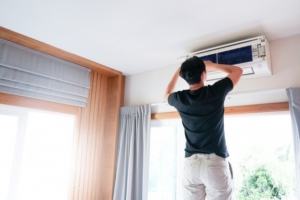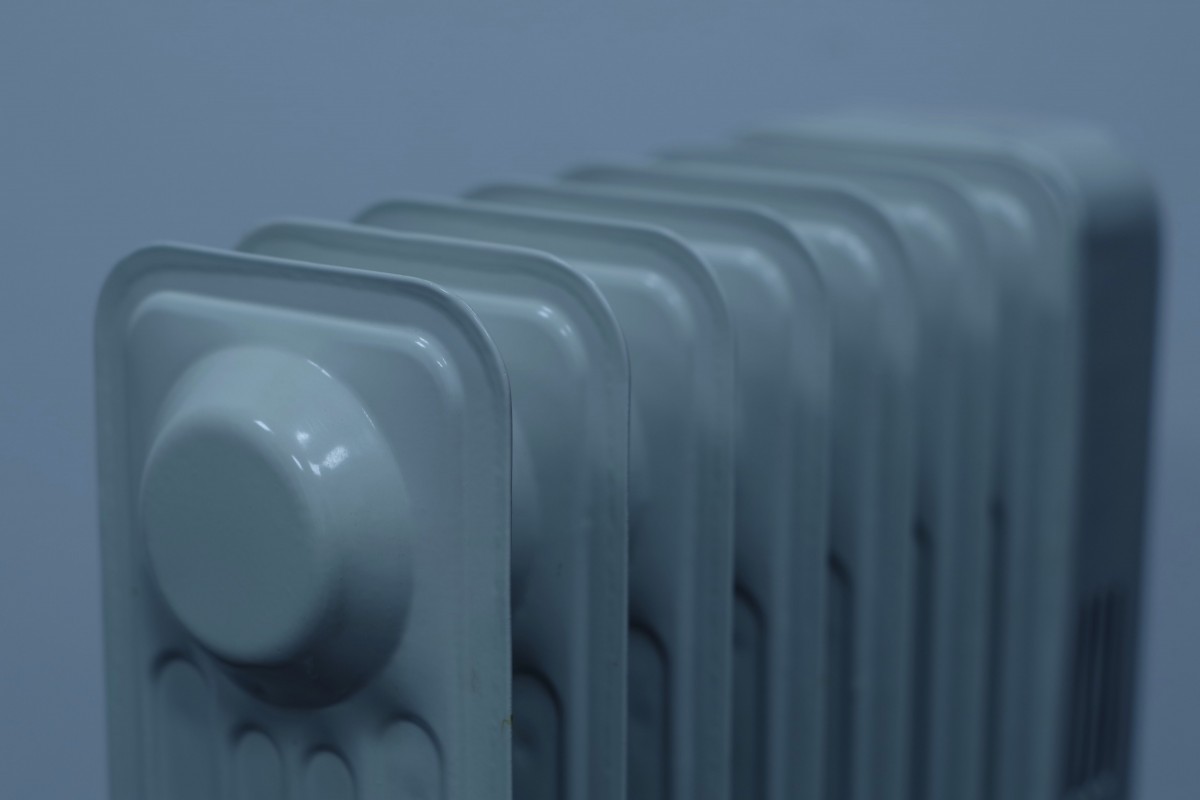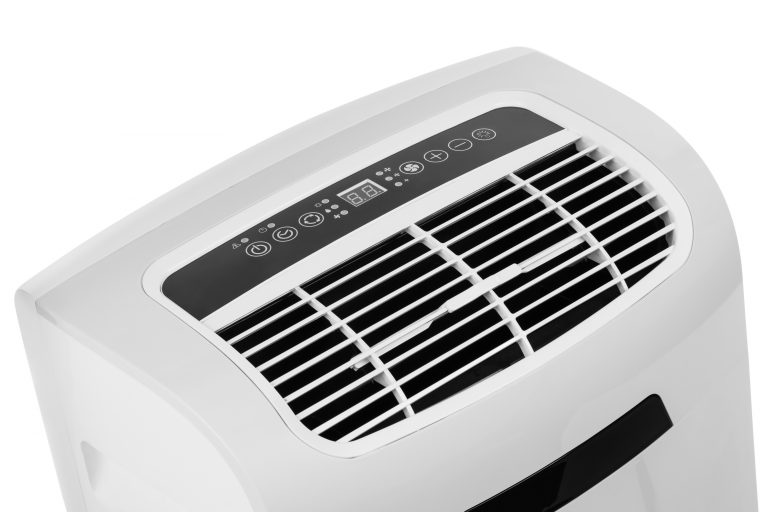Achieve Ideal Indoor Humidity Level in Your House with Furnace Humidifiers
During winter, lighting a furnace helps keep your home warm and your family comfortable. However, operating a gas furnace can cause lower then ideal indoor humidity levels. Contrary to popular belief, furnace heating doesn’t cause humidity to decline—dry air does. When there’s not enough humidity or water vapor in the air, air dryness ensues, leading to chapped lips, nose bleeds, and static.
During winter, dry air can enter your home if you use an atmospheric furnace, which pulls in cold—and drier—outdoor air into your house after it has drawn in and heated all the available indoor air. In other words, outdoor air finds its way into your home because the atmospheric furnace needs fresh, cool air to heat.
Newer sealed combustion furnaces are able to avoid this problem. From the onset, they work by drawing outdoor air through a pipe that runs from the combustion chamber to outside your house. Another pipe sends out exhaust gases outdoors. But cold, dry air can still enter your home when you have windows and doors that are poorly sealed or have wide gaps, even if you use a sealed combustion model.
This is where humidifiers become necessary. Investing in a whole-home humidifier can balance indoor humidity levels when you’re still unable to buy a new furnace or totally seal drafty parts of your home.
Benefits of Using a Furnace Humidifier for Ideal Indoor Humidity
According to the U.S. Environmental Protection Agency, the ideal indoor humidity should be below 50%. Meanwhile, the optimal indoor humidity in winter is 30% to 40%.
When humidity declines, indoor air will get moisture from anywhere it can find it. This includes your body or materials that make up your home. Here are some of the advantages of connecting a humidifier to your home furnace:
Good health and sleep
When dry air saps the moisture from your body, your skin turns dry and itchy. It also makes your body’s immune system more susceptible to airborne illnesses and substances. Thus, healthy humidity can help strengthen people’s natural defenses against viruses, allergens, and infections. It can also lessen snoring, which is attributed to dry air.
Dry wood, paint, and electronics preservation
Low humidity causes wooden furniture, floorboards, and musical instruments to crack or rot due to condensation. It also makes paint more prone to flaking or peeling.
Balanced humidity can prevent these incidents. It also helps protect electronic devices from electrostatic discharge and prevents components from becoming brittle or de-soldered.
Energy savings
As a humidifier helps maintain your body’s moisture, it allows you to turn down your thermostat about three degrees or so, resulting in lower energy costs.
How Does a Whole-House Humidifier Work
A whole-house humidifier is installed on the ductwork near your furnace to provide consistent moisture levels inside your home for ideal indoor humidity. It’s also connected to an existing water pipe. In a flow-through humidifier, a valve electrically controls the flow of water to the humidifier. Then, a feed tube channels the water to a foam pad, which briefly holds the water while being evaporated by furnace heat as moist air.
In a drum humidifier, a rotating drum with an evaporative pad absorbs water from a pan beneath it. There’s no absorbent media in a steam humidifier. Instead, water is held in a reservoir and heated until it converts into steam. The warm air from your HVAC system’s blower or fan then propels the resulting vapor through the ducts and distributes it inside your home for improved air quality.
How to Install a Furnace Humidifier

Now that you know EPA’s recommended indoor humidity level and the answer to the question “how does a whole-house humidifier work?” it’s time to discover how to install a furnace humidifier.
Once you have decided to have a humidifier installed in your home, you need to find skilled and experienced humidifier and dehumidifier technicians to do it for you. Here are the primary steps needed to connect any type of humidifier to your furnace:
Pick the right location.
Whether your humidifier should be mounted on the supply or return side of your ductwork, the unit should be near a power socket and a water supply line. However, it needs to be far away from other parts of your HVAC system, particularly the aircon coils.
Mark the spots on the ducts where the humidifier should be mounted.
The unit should be level so that when the water drains, the liquid will go out of the drain tube instead of one side of the humidifier.
Connect your humidifier to your water line and condensate pump.
Secure connections will prevent water leaks and ensure that you properly get rid of excess water.
Follow instructions for wiring your humidistat and other components to the furnace.
The humidistat controls the humidity level in the air. Proper wiring will allow the humidistat and solenoid or water flow controller to safely work and prevent fire risks.
Whole-House Humidifier Maintenance Tips
These steps can keep your humidifier from slowing down or emitting a foul odor and spore-filled air due to debris and mold growth inside the unit.
How to Disinfect Humidifier
Detach the foam pads from the main body of the drum and drip-style humidifiers. Then, soak them in water and vinegar or calcium-removing fluid until the deposits dissolve. For steam humidifiers, check the overflow tank and the drain tube for mineral deposits. Clear out any blockages.
How to Clean a Furnace Humidifier Filter
Filters of most whole-house units typically need annual replacement. Meanwhile, reusable water panels can be soaked in water to dissolve the grime before rinsing and drying.
Business Name – Elite Plumbing, Heating & Air Conditioning
Address: 3085 E Post Rd, Las Vegas, NV 89120, United States
Phone Number: 702-263-2665
SCHEDULE YOUR FREE ESTIMATE
We Provide Expert Air Conditioning Services in Las Vegas, NV










